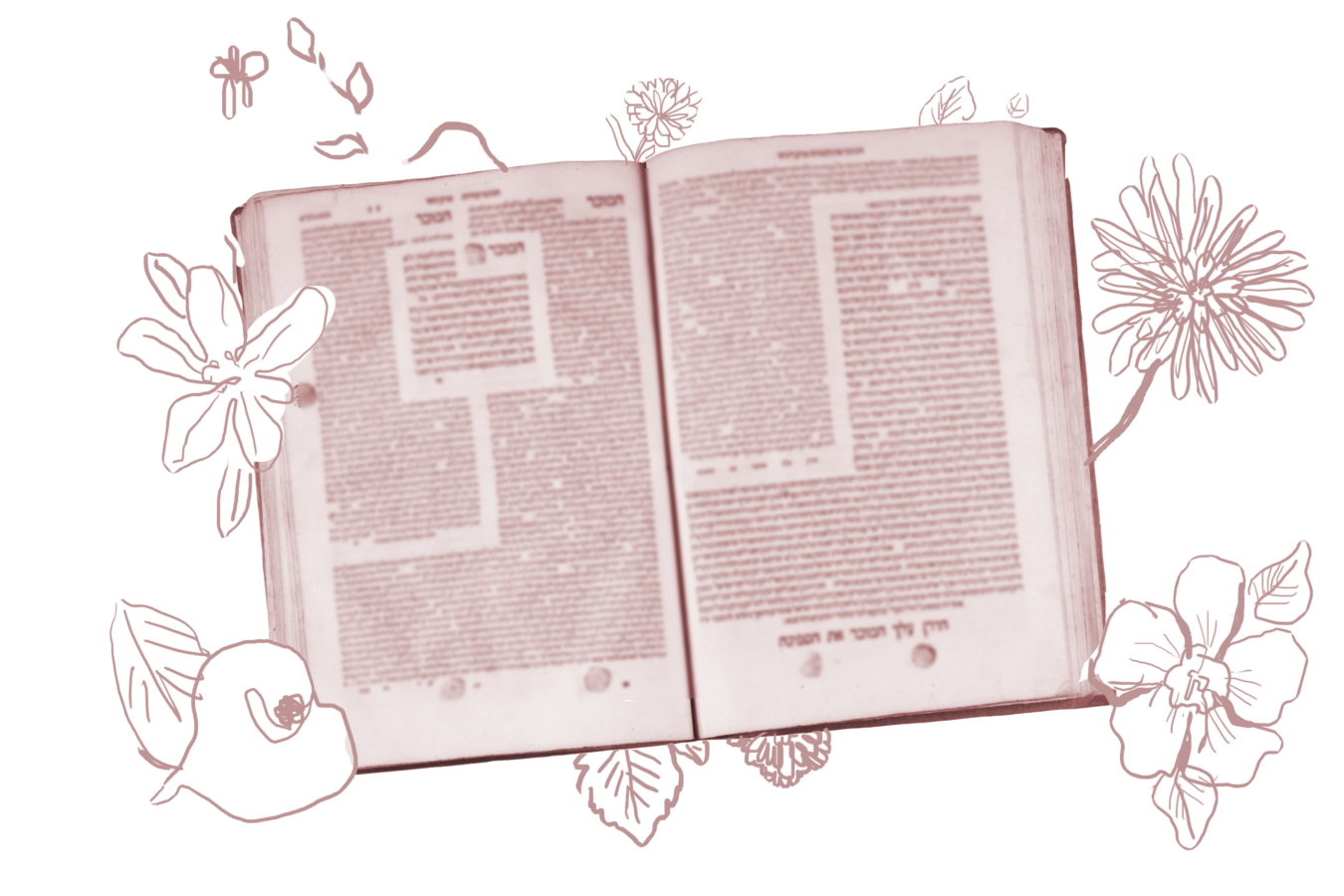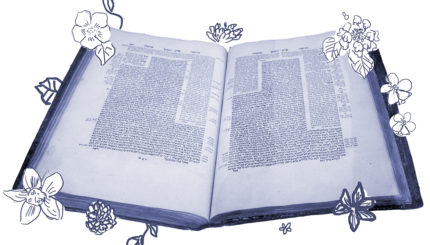There are a lot of Jewish rituals that we perform today to remind ourselves of what life was like for Jews when the Temple stood. One of the highlights of the Passover seder is putting together the “Hillel sandwich” — matzah, maror and all the haroset your heart desires — and eating it in memory of the way that the ancient Jews ate the Passover sacrifice in the time of the Temple, rolled into soft matzah with lots of spices. The mishnah on today’s daf tells us about another ritual designed to remind us of Jewish life in the time of the Temple.
Originally (i.e. during the Temple era) the lulav was taken in the Temple for seven days, and in the rest of the country outside the Temple it was taken for one day.
Once the Temple was destroyed, Rabbi Yohanan ben Zakkai instituted an ordinance that the lulav should be taken even in the rest of the country for seven days, in commemoration of the Temple.
Instead of waving the lulav on one day, we now wave it on seven — because that’s how it was done in the Temple. On the one hand, it makes sense that Jews would want to continuously remember the centrality of the Temple when celebrating major holidays and ritual moments. On the other hand, it’s a little weird that Rabbi Yohanan ben Zakkai can just add or change mitzvot, no? What made him think he could do that? The Gemara explains:
From where do we derive that we institute ordinances in commemoration of the Temple? Rabbi Yohanan said that it is as the verse states: “For I will restore health unto you and I will heal you of your wounds — says the Lord; because they have called you an outcast, she is Zion, there is none that seeks her.” (Jeremiah 30:17) From “there is none that seeks her” we infer that it requires seeking.
The verse in Jeremiah describes Jerusalem post-destruction as a wounded outcast, completely forgotten by all who used to care for her. Rabbi Yohanan ben Zakkai reads this verse as requiring us to actively remember this destroyed outcast, in the hopes that it will hasten her healing. And so, for Rabbi Yohanan ben Zakkai, at these moments of heightened Jewish ritual — Sukkot and Passover, among others — we modify the biblical practice to more actively remember Jewish life in the time of the Temple.
So often, when we think about remembering the Temple, we think about loss, about pain and destruction. Even the verse in Jeremiah that Rabbi Yohanan ben Zakkai quotes is rooted in this depiction of Jerusalem. But Rabbi Yohanan ben Zakkai’s reading of the verse flips this depiction on its head — instead of reading the verse as saying that no one seeks Jerusalem, he reads it as a mandate to actively seek her. Instead of remembering the Temple by wallowing in its loss, remembrance becomes an opportunity to increase our ritual connections to God and each other.
Still: Can Rabbi Yohanan ben Zakkai really increase ritual requirements all by himself? Interestingly, today’s daf answers in the negative! But we do still wave the lulav for seven days? Yes. This is because, the Talmud insists, this reframing of the ritual isn’t Rabbi Yohanan ben Zakkai’s innovation at all — but a law required by the Torah itself. All Rabbi Yohanan ben Zakkai did was share these interpretations widely and require people to fulfill what the Torah already commanded them to do. In the end, today’s daf insists the text of the Torah itself anticipated and required this enriched Jewish practice after the destruction of the Temple.
Read all of Sukkah 41 on Sefaria.
This piece originally appeared in a My Jewish Learning Daf Yomi email newsletter sent on August 17th, 2021. If you are interested in receiving the newsletter, sign up here.



